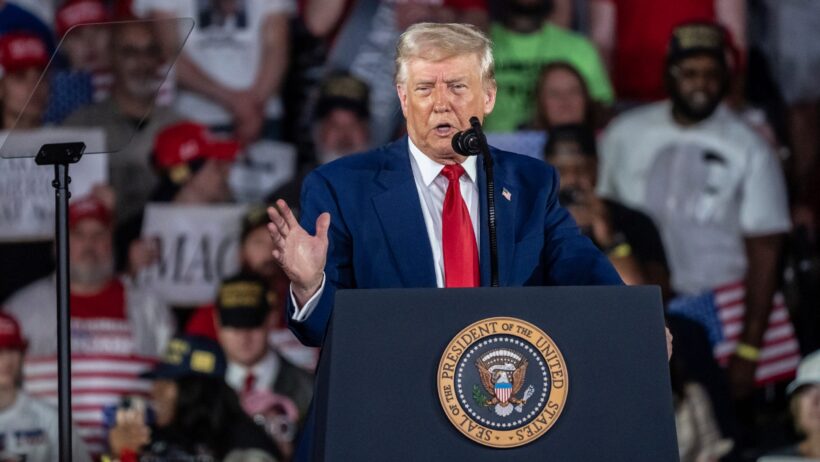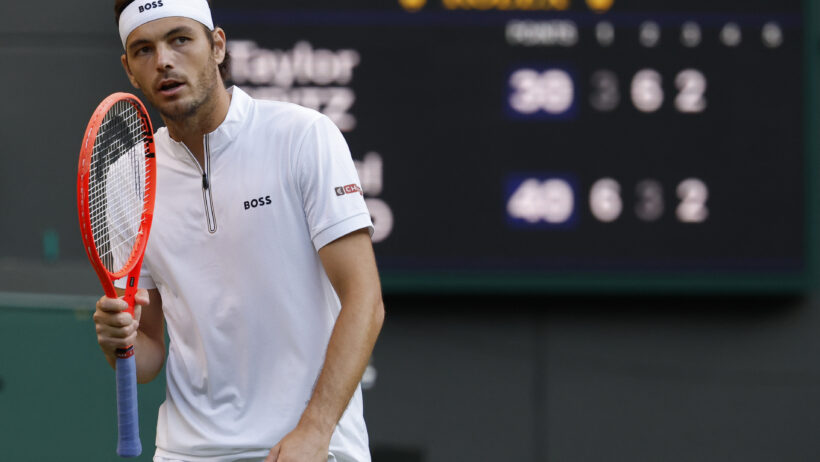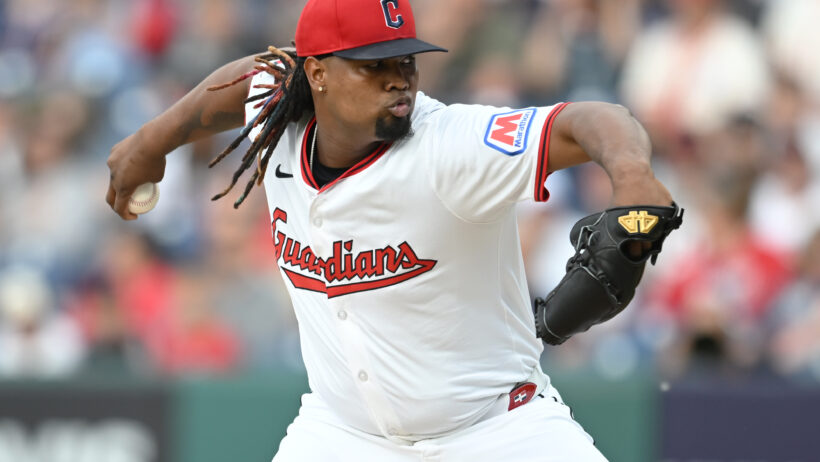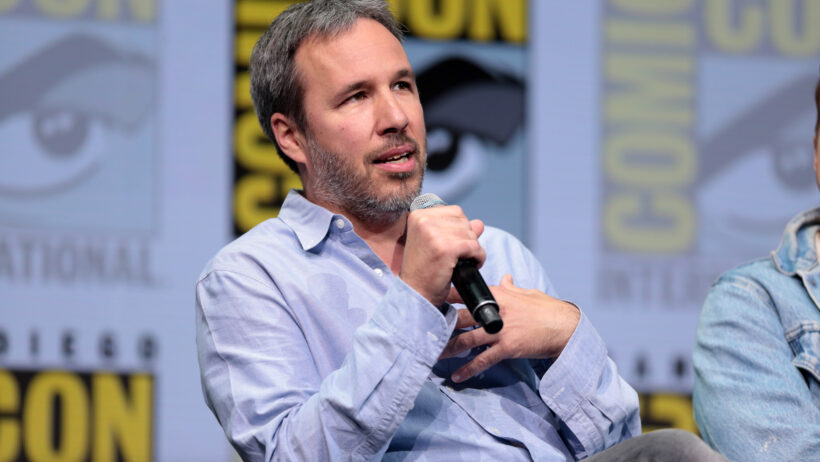NCAA Odds: What happened to those endorsement talks?
By Randy McInnis in College Basketball
Updated: January 17, 2018 at 9:39 am ESTPublished:
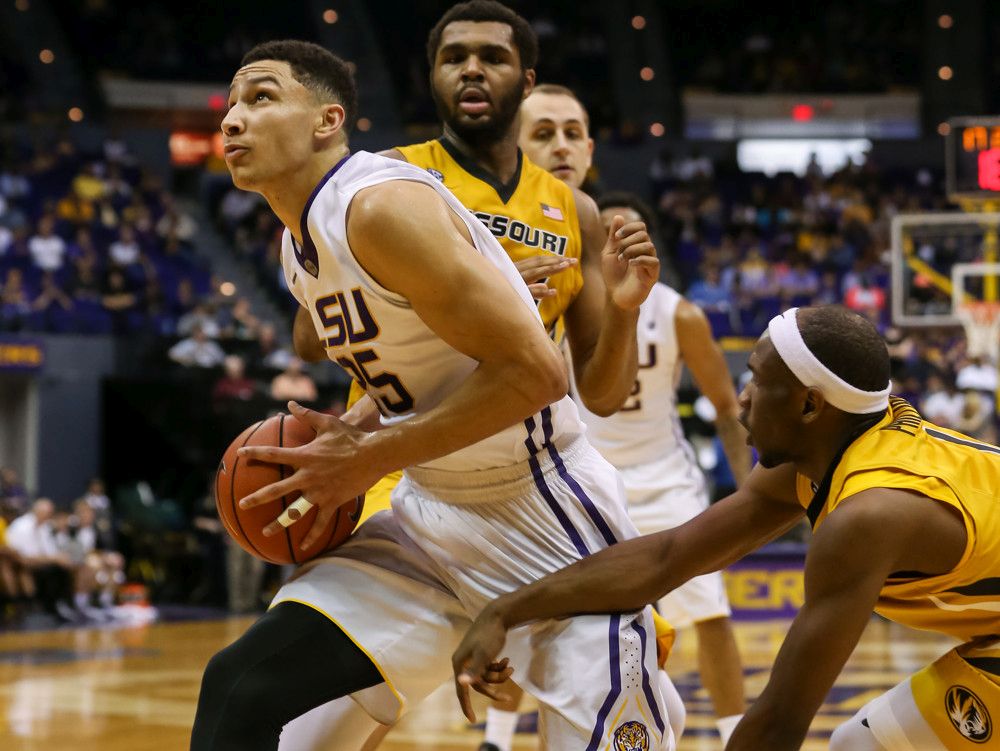
Last year, Sports Illustrated broke the news that the NCAA was considering allowing students to sign endorsement deals. Big East commissioner Val Ackerman was the one to tip them off, saying student interests were being examined, and it was possible over the course of the next year or two there could be changes to the rule.
Almost a full year later, we haven’t heard of any movement on that front. Mark Emmert, the president of the NCAA and a chubby Sam Waterston stunt double, continues to hold firm that amateurism is the only system that works. It seems that the only time “student interests” are actually examined anymore is when there is legal pressure applied.
First there was the antitrust lawsuit from former UCLA basketball star Ed O’Bannon against the NCAA, which was rejected by the US Supreme Court last year, leaving a Ninth Circuit ruling as the guidelines moving forward. Those guidelines basically stated that, while the NCAA’s regulations are subject to antitrust scrutiny, schools have the opportunity to cover the full cost of attendance and aren’t required to do anymore beyond that.
While that means fewer star athletes will go to bed starving, the biggest names in college sports are still hungry for their piece of the revenue pie. The Ninth Circuit offered no solutions for student-athletes being compensated for use of their likeness, so guys like Ben Simmons (LSU) and Jake Butt (Michigan) still have plenty to complain about after injuries depleted their future earning potential.
However, we could finally see college athletics forced into a decision on player payment thanks to the outstanding class action suit of Jenkins v. NCAA. Featuring plaintiff’s like Wisconsin’s Nigel Hayes, the suit argues that colleges unlawfully conspire to cap a student athlete’s value at that of a scholarship. This model doesn’t propose that all players be paid, but does allow for the best ones to pit schools against each other in a bidding war, rather than receive identical offers from every institution.
It’s one of those capitalist ideas that seems so American it should easily be embraced, until you remember that in order for the players to get money, it has to come from another person’s pocket. Since the NCAA is a not-for-profit organization, all the revenue that comes in from athletics has to go somewhere: the enormous salaries of athletic directors and coaches, giant buildings with some old donor’s name on it, and other such “expenses.” It’s hard to imagine anyone that side of the aisle perking up to fight for player compensation.
But that’s why it makes sense that players should be allowed to profit off their likeness and endorsements. It allows them to get a return from the incredible sacrifices they make all year, without costing coach Calipari his summer house in the Hamptons.
Something is going to have to give for these institutions eventually. Entire programs are allowed to be sponsored by active wear: why an individual can’t seek a similar deal — especially one with the national pull like Lonzo Ball — is beyond comprehension.
The NCAA must see the writing on the wall, too, which is likely why they even mentioned reconsidering endorsement opportunities last year in the first place. But considering that they need the urging of the courts to do anything, and Jenkins v. NCAA doesn’t even have a date set yet, we’re still looking at a long haul before student athletes can actually turn their efforts into earnings.
Odds that NCAA amateurism rules will be altered before 2020: 37/20
Let’s pretend for a minute that players actually could be compensated for their contributions at the college level. What would college basketball players be worth in a free-market system, where schools have to bid for players’ services? Various studies and reports have put the value of the average college basketball player at anywhere from $375,000 to nearly $500,000. Andrew Wiggins (Kansas) was reportedly worth about $1.6 million in 2014. Jahlil Okafor (Duke) was deemed a $2.6 million man the next year. And that’s just looking at it from a salary point of view. It doesn’t even touch on their potential earning power if they were allowed to accept endorsements or profit from their likeness.
Because we deal in the indeterminate here at SBD, let’s have some fun and take a look at what some of the 2017 crop of ballers would or should be earning, if the system weren’t rigged against them. In my imaginary system, players can sign one to four-year deals out of high school and are free to transfer as long as they’re not under contract for the upcoming season.
Lonzo Ball (UCLA): $1.8 million
Ball was a top-five recruit, nationally, and it was a foregone conclusion he’d be one-and-done in Westwood. He’s also arguably the highest profile player in the country — partly thanks to his hard-blowing dad. The UCLA point guard would already be a millionaire.
Melo Trimble (Maryland): $1 million
Trimble isn’t quite on the level of Lonzo running the Terps’ offense. But he’s a top-ten point guard and huge in the clutch. His brand of veteran savvy and ice-cold nerves would crack the million-dollar mark, assuming he didn’t sign a three-year deal out of high-school.
Yante Maten (Georgia): $900,000
The Bulldog big-man established himself as a dominant post presence in his sophomore season, upping his averages from 5.0 points per game in eight minutes as a freshman, to over 16 PPG in nearly 30 minutes as a sophomore. Assuming he wasn’t already under contract for his junior year, he would have gotten paid this season.
Jeremiah Tilmon (Illinois/Free Agent): $850,000
What’s the value of a really good — but not spectacular — recruit? To some extent, it would depend on how much interest there is from other schools and how much the player wants to go to School X. Tilmon is a top-50 forward who got offers from the likes of Indiana, UNC, Texas, UCLA, and Michigan State. The Illinois native originally signed with the Illini, but after the school fired head coach John Groce, he requested his release from his Letter of Intent. Let the bidding war begin! With his size (6’10) and relative polish at both ends of the floor, he’d fetch a hefty first-year contract. Not like Lonzo, but enough to eschew crappy cafeteria food.
Deonte Burton (Iowa State): $750,000
Deonte Burton started his college life at Marquette, coming in as a top-50 national recruit. His recruiting status would have made his initial salary pretty high. But then he opted to transfer after a couple less-than-inspiring seasons. Would Burton’s two lackluster years at Marquette have scared teams away when he was back on the open market, or would his top-50 potential have got him paid regardless? I think it would have been somewhere in the middle; he’d be making well above the average, but nothing approaching All-American levels.
Justin Patton (Creighton): $550,000
Patton was a four-star prospect coming out of high school in Nebraska, but not a top-100 recruit nationally. He morphed into a first-round NBA draft pick after his redshirt season and did his best to carry the Creighton offense after the Blue Jays lost Maurice Watson. At nearly seven feet, his size and potential would have garnered him some decent money out of high school. But potential wouldn’t get you as far in the college market as in the pros. The lifespan of college careers just isn’t long enough. And when a guy does develop into something special, you lose him right away.
Matt Mobley (St. Bonaventure): $450,000
Mobley is a talented scorer who started his career at Central Connecticut. He averaged over 17 points per game in his final year with the other Blue Devils before joining the Bonnies. What would a school like St. Bonaventure expend for a guy who dominated the tiny Northeast Conference? St. Bonaventure isn’t a huge program, but it’s not tiny either. To me, Mobley at St. Bonaventure sounds like a league-average situation.
Jerome Frink (LIU Brooklyn): $350,000
Speaking of the Northeast Conference, what would the top players in the country’s smallest leagues get paid? Schools like LIU wouldn’t have the cash to compete for top recruits like Ball, or even Patton. But they would still have to spend something to remain competitive. They’d be wise to spend on transfers that have already shown they can play at the Division I level, like Jerome Frink, who was a double-digit scorer at Florida International as a freshman.
Mo Wagner (Michigan): $250,000
Wagner would have been an absolute steal this year, whether he signed a one-year or two-year deal as a freshman. He wasn’t all that highly recruited coming from overseas in Germany and he played sparingly as a freshman (eight minutes per game). But then he busted out as a sophomore this season (12.9 PPG, 4.2 RPG, 56.0 FG%.). This would have been a year where the Wolverines got great value from a breakout star. The same thing happens in the pros all the time. Just look at Seth Curry with the Mavericks, who’s earning nearly $2 million below the NBA average while doubling his points-per-game numbers from last year.

Sports Writer
Randy is a father of two. When he’s not enjoying and betting on his favorite sports hockey, football, and basketball, he coaches youth sports. His favorite sports betting moment is when he witnessed Belarus upset Sweden in the 2002 Salt Lake City Winter Olympics.
